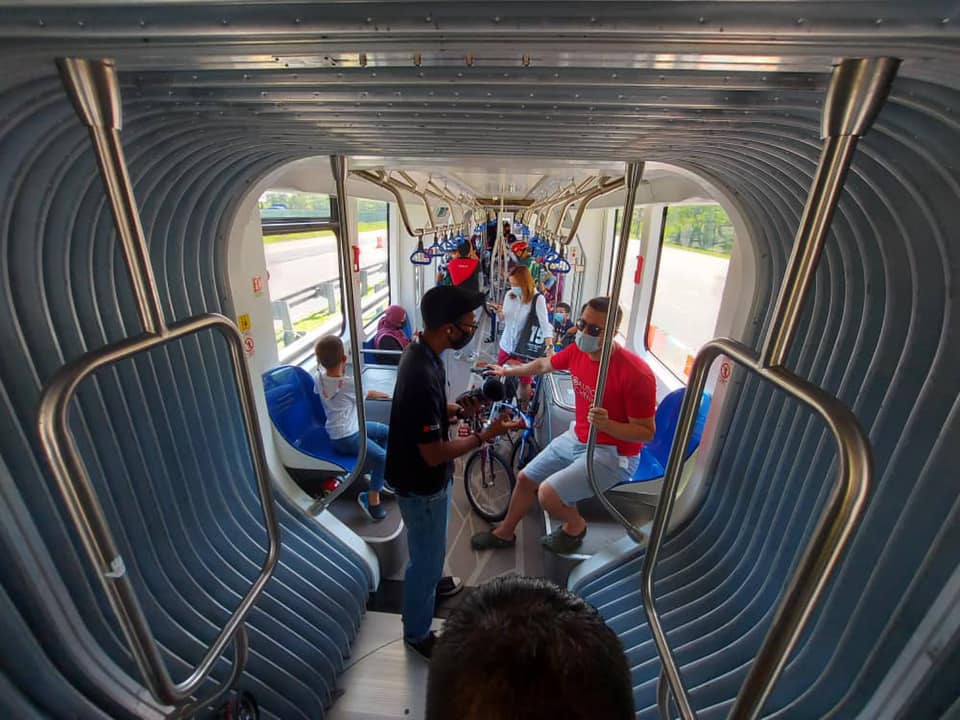Described as a crossover between a train, a bus, and a tram, Hamid said that the three-carriage vehicle used by the ART system can travel up to 70 km/h with a maximum capacity of 307 passengers. He also claims that this pilot project could help Cyberjaya achieve a reduction of carbon emissions by 40% by 2030, if successful. The ART system also seems to be highly recommended by the Malaysia Institute of Transport (Mitrans) which said that it is significantly cheaper than LRTs and monorails while still being able to deliver a similar capacity. “The batteries are not expensive, the vehicle is lightweight, and the manufacturing requirements allow it to be assembled locally,” said Prof Wan Mazlina Wan Mohamed, head of continuous professional development and training at Mitrans. If this project goes through, Cyberjaya will be the second location in Malaysia to implement ART after the Iskandar Malaysia region in Johor received its automated busses from Mobilus earlier in the year. The system is a part of the RM 2.56 billion Iskandar Malaysia Bus Rapid Transit (IMBRT) project and has just concluded its own pilot test last week. In addition to that, Sarawak’s state government is also interested to implement the ART system in Kuching. In fact, a pilot test was already scheduled to take place in 2022 but it has since been delayed to late 2023, although the Sarawak Economic Development Corporation aims to have the system operational by 2025. (Source: The Vibes. // Image: IMBRT, Vetri Johor via Facebook.)
